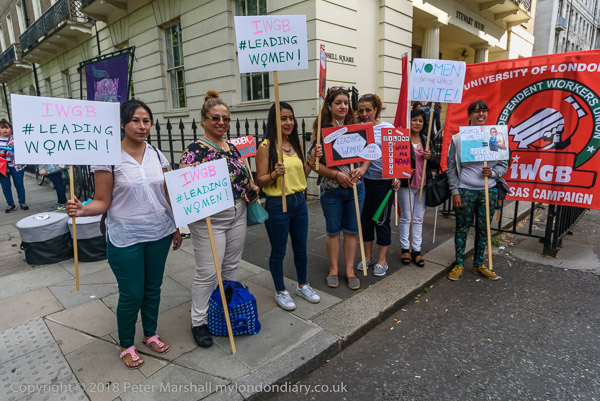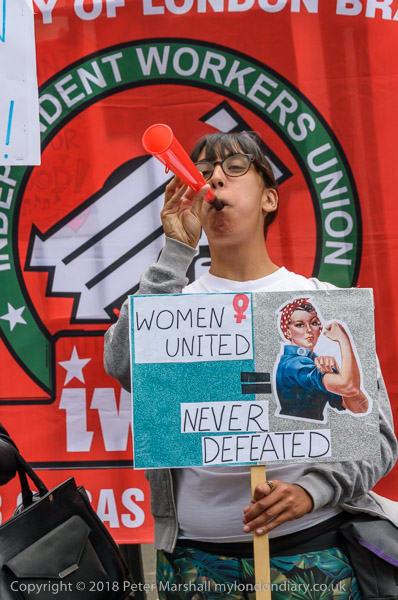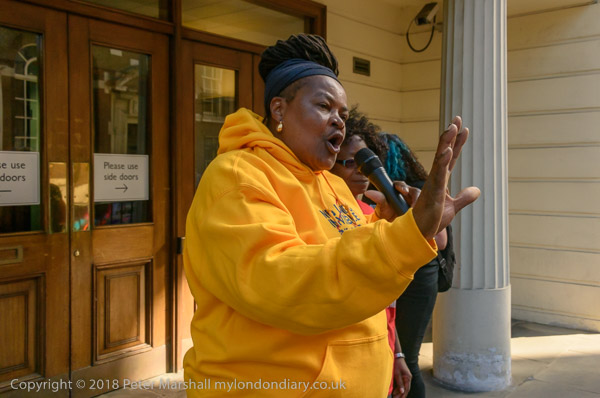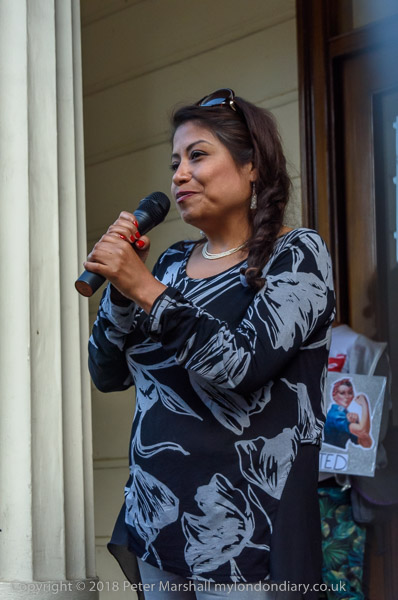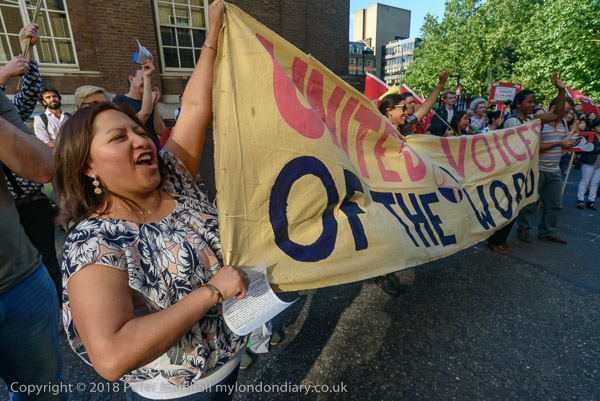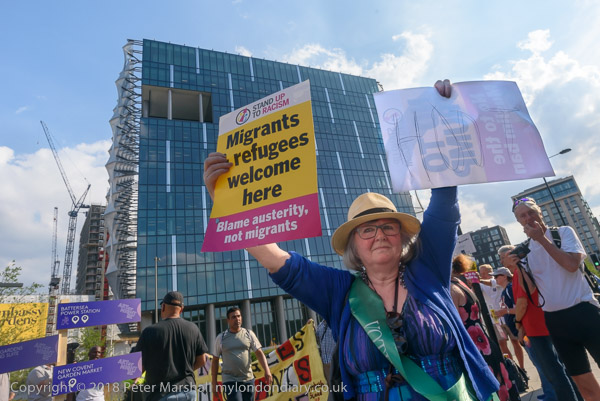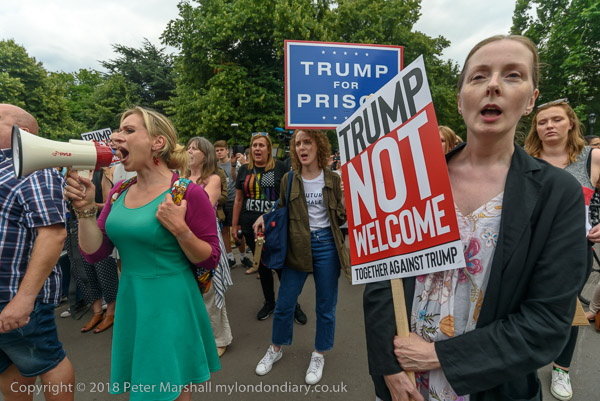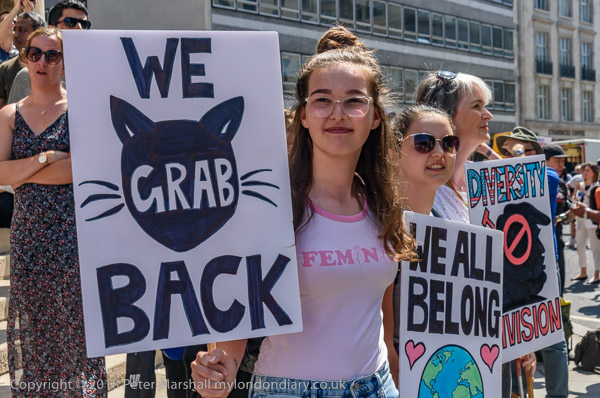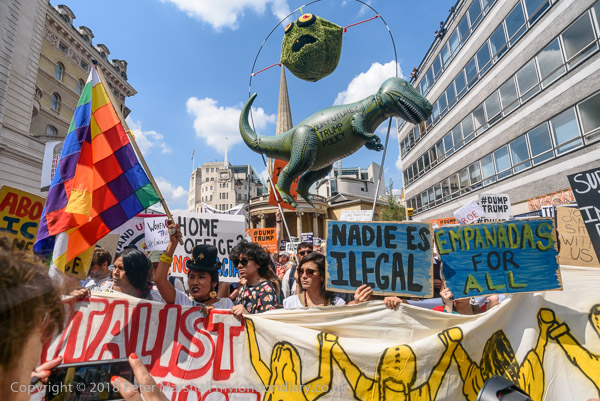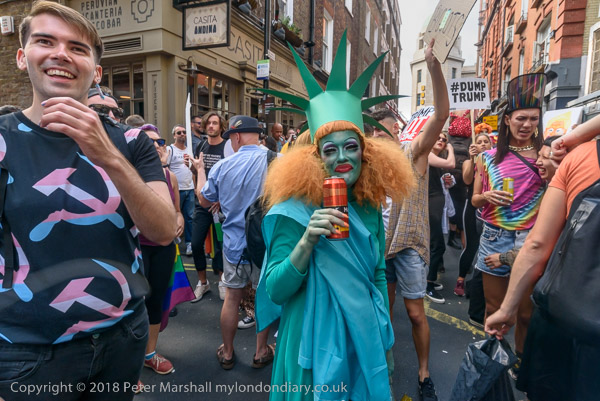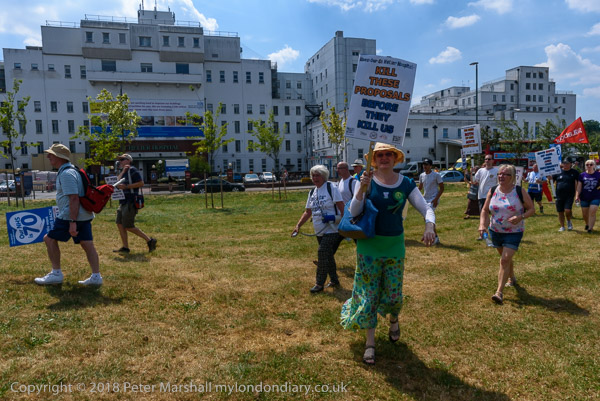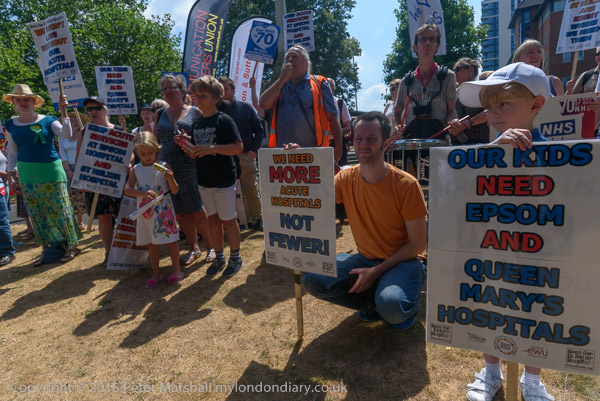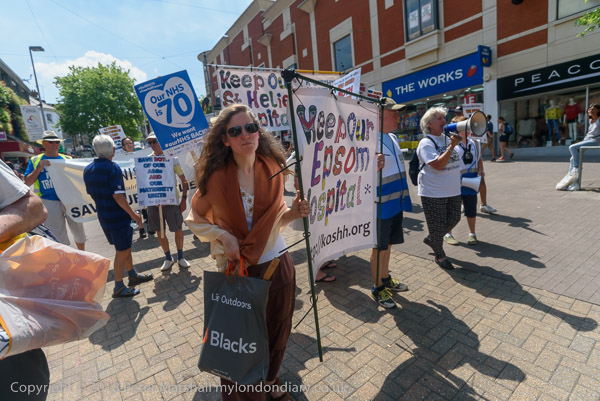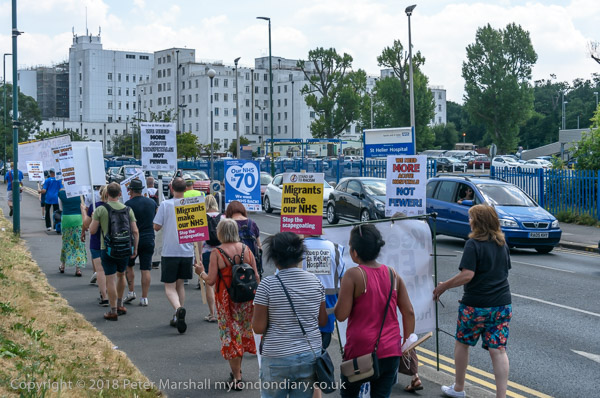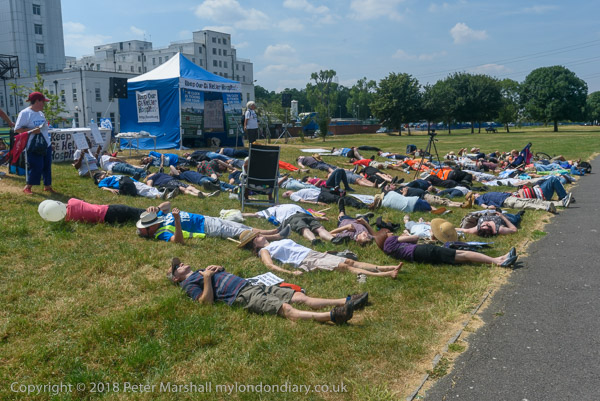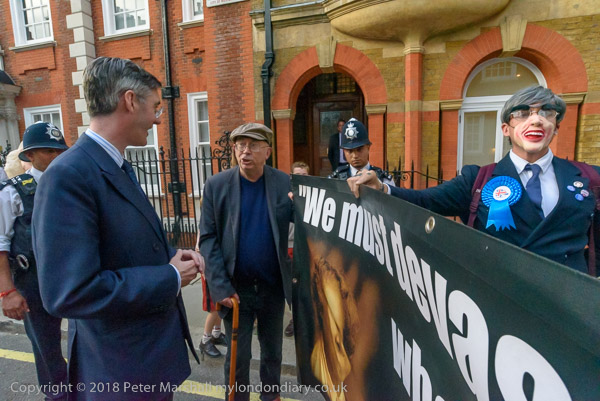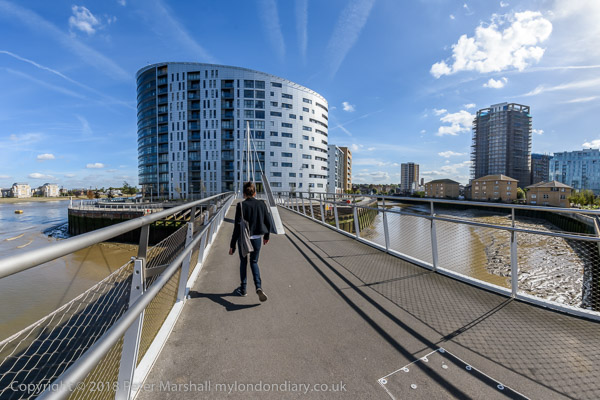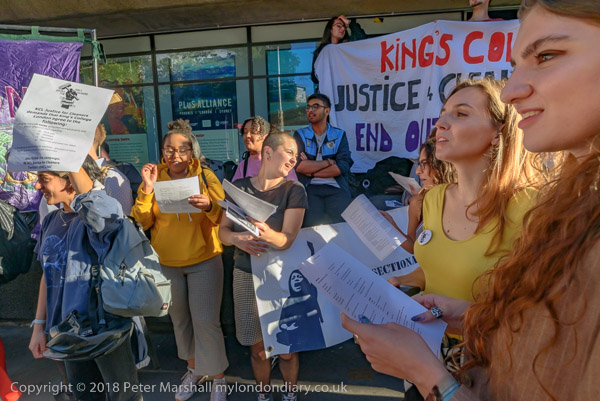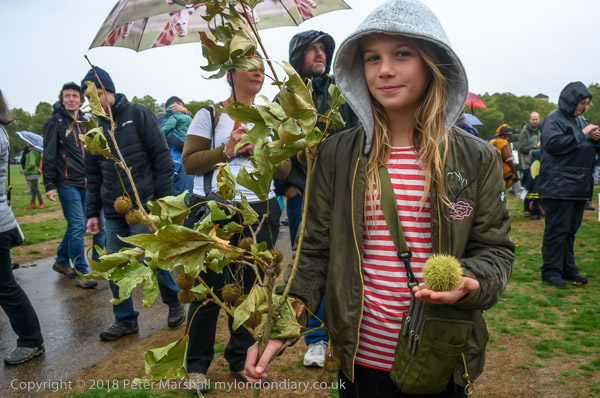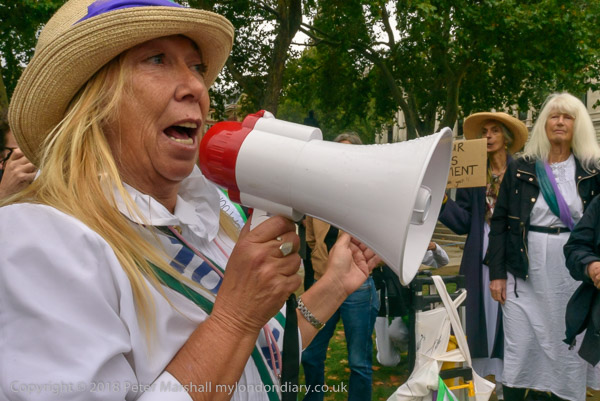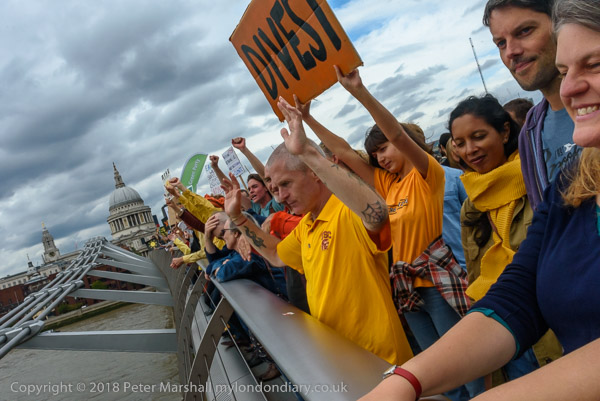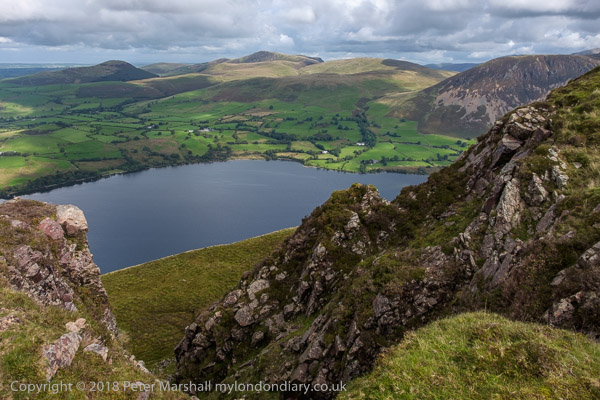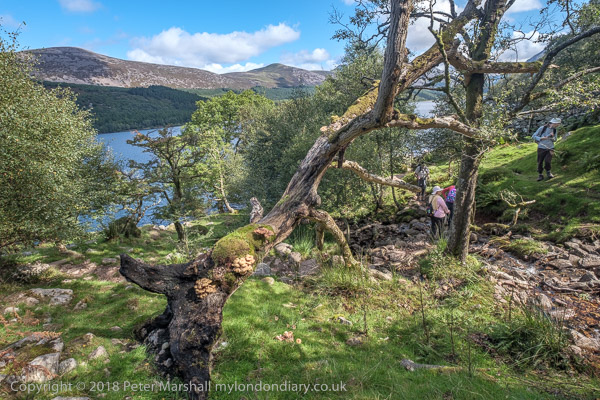Minor changes to the plans to demolish the Elephant and Castle shopping centre have not changed the opposition to them by local residents and students at the London College of Communication but were enough to convince Southwark’s planning committee to vote narrowly in favour by 4 votes to 3.
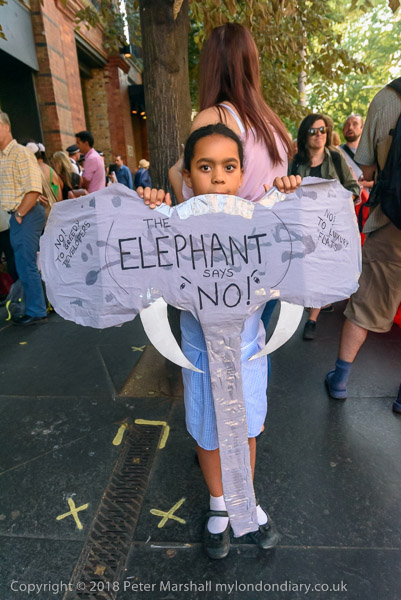
As the committee meeting started there was a loud and well-attended protest outside. The proposals by the developer still involve removing the working class and largely Latin traders and wider local community from the Elephant, in what is clearly social cleansing and further gentrification of Southwark.
The revised plans include only a low percentage of social housing and fail to meet local demands for affordable retail units, compensation for all traders and meaningful involvement and accountability for the people who live, work and study in the Elephant.
Like most such proposals by London’s councils – mainly Labour dominated councils – the development offers rich pickings for the developer, and realises the value of some publicly owned assets, with on the side a number of rather doubtful personal advantages for some councillors and council officials who get lavishly entertained by developers – and some move into lucrative jobs either with quasi-private council arms or working for developers. Local government in the UK has often involved a curious mix of municipal pride and profitable contracts or business advantages, but what was once a largely voluntary system of government has now become a rather well paid career for some of those involved.
While local councils – such as Southwark Council – once used to very clearly see their aim as working to improve the lives of the residents of their boroughs, particularly those in poor housing and low paid jobs, that vision now seems to have been lost. In part it is because of greater pressures and cuts by national governments that have forced many councils to cut services, but I think the major reason is in the rise of political careerists who lack the idealism that was once ingrained in so many. They see themselves as managers of a business rather than as working for the people.
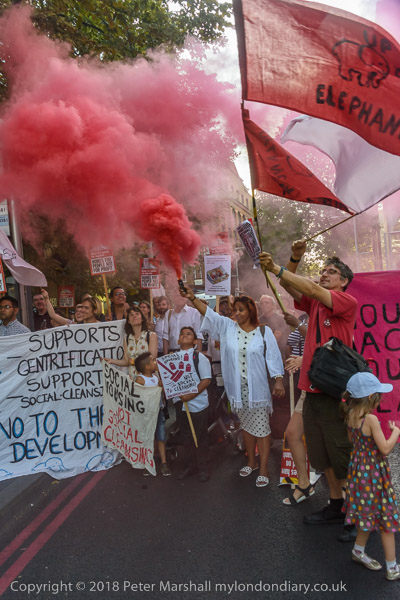
The protest was a lively one, with some good material for photographers. Coloured smoke always helps, though it presents some problems and probably isn’t good for the lungs. It’s something it’s easy to have too much off, with everything seen through a smoky haze, and you often need to move back and photograph from a distance.
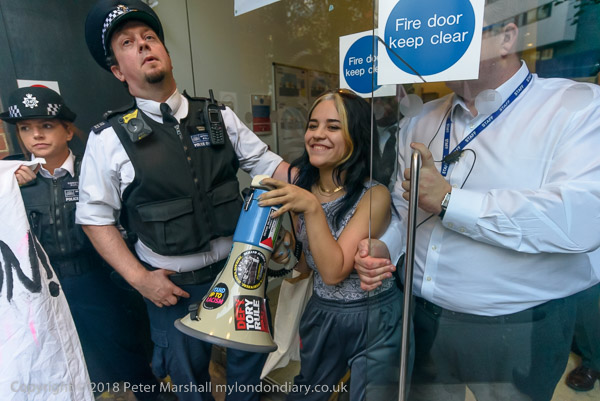
It’s good too when there is a little action, even when only symbolic, as when UAL’s campaigns officer Papaya Guthrie made an attempt to enter the council offices. At times like this it becomes vital to be in the right place at the right moment, and I had fortunately anticipated that something like this might happen. While I usually like to say that I record what people do at events rather than posing or telling them for the photograph, in situations like this the presence of a photographer does have some influence on events, and I’m sure that my presence and that of other photographers did encourage her. I think too that the police officer in this picture has just realised that his actions are being photographed – and this may have had some influence on him releasing his hold and moving back.
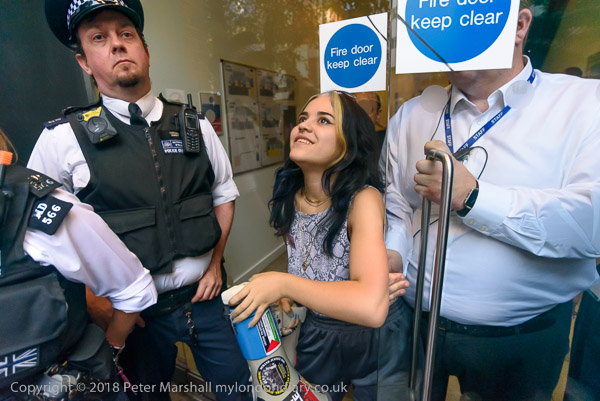
Fortunately the light was still good, although its generally a rather dim street, but it was only around 7pm on a July evening, as I was working in manual mode on the Nikon D750, and for some reason (or possibly just my fumble fingers again) had set the camera which was working on auto-ISO to a shutter speed of 1/1000 and the aperture on the 18-35mm lens to wide open. Though I think accidental, it was a fairly good choice for this situation, as the shutter was fast enough to avoid any camera shake (in a crowded situation you usually get jostled) or subject movement, and since I was so close I was working at short focal lengths – 18 and 20mm for these two pictures – and even at f3.5 there is considerable depth of field.
I rarely chimp. Looking down at an image on the rear of the camera loses your contact with the subject and your concentration. And working with Nikon’s auto-ISO it becomes far too easy to either totally under or over expose images when you go out of the ISO range set. But here it worked fine, though at ISO 4,500 these pictures are visibly rather noisy. I could have got smoother images working at a lower ISO but it didn’t matter, though there are some other pictures – both with the D750 and the D810 where I was also using auto-ISO where noise does become an issue. Lightroom can do a decent job in minimising it, but high ISO also reduces detail in images and without some noise can produce rather ‘plastic’ skin tones like make-up applied with a trowel. It’s a look some like but not to my taste. And within limits, like the grain on Tri-X, Nikon noise is not unattrative.
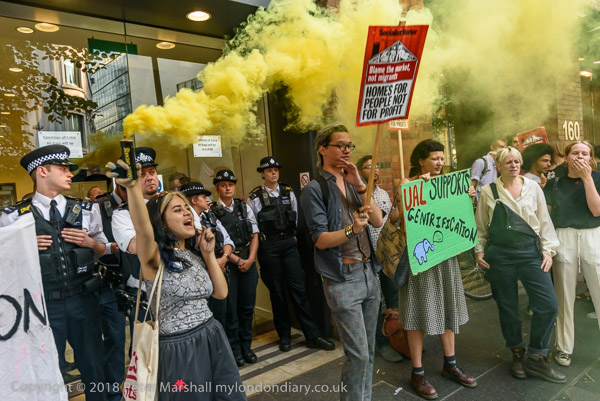
Eventually Ms Guthrie was eased away from the door by a woman police officer and her foot pushed out by security and, surrounded by officers she was moved a yard or two forward. After moving in to photgraph her with the police around, taking my usual care not to get in their way, I moved back, partly to allow other photographers to get pictures too. I’d been the only one in position to get pictures earlier, but by now a couple of others taking pictures had moved around and I wanted to get out of their way. And when she took out a smoke flare from her bag and set it off I was far enough away not be be engulfed by the smoke.
More text and pictures at Refuse plans to destroy the Elephant
______________________________________________________
There are no adverts on this site and it receives no sponsorship, and I like to keep it that way. But it does take a considerable amount of my time and thought, and if you enjoy reading it, a small donation – perhaps the cost of a beer – would be appreciated.
My London Diary : London Photos : Hull : River Lea/Lee Valley : London’s Industrial Heritage
All photographs on this and my other sites, unless otherwise stated, are taken by and copyright of Peter Marshall, and are available for reproduction or can be bought as prints.
To order prints or reproduce images
________________________________________________________
